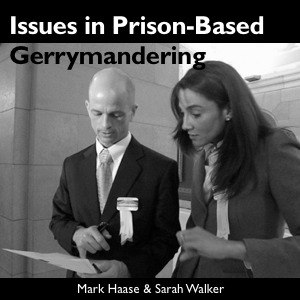Raymondville Texas won’t find windfall in Census Bureau prison count
Predictions that a rural Texas town will be getting millions in federal funds from claiming a detention facility in the Census don't stand up to scrutiny.
by Peter Wagner, June 22, 2010
Dear Editor,
Raymondville [Texas] is unlikely to receive the millions of dollars in Census-related funds as predicted by Tuesday’s story. [“Immigrant detainees could be valuable for Valley in 2010 census”]. While the Census is used to distribute hundreds of millions in federal funds, the overwhelming majority of this money is block grants to states. The small minority of funds that go to local communities tend to be highly targeted programs too sophisticated to be fooled by where prisoners are counted.
The bulk of the $1,469 per person in funding cited in the article is Medicaid and Highway grants to the state of Texas. Artificially inflating Raymondville’s population with people in the process of being deported will mean a few extra dollars to the state; but the windfall won’t be coming to Raymondville.
The Census Bureau’s decision to count detainees as residents of the detention facility also comes with a downside: fair districting. The Texas Election Code says that a prison cell is not a residence, but Willacy County used the detention facility population counts when it last drew its Commissioners Court districts. The unfortunate result of padding the Third Precinct with people counted at the detention center is to enhance the weight of a vote cast in that precinct and dilute those cast in all other precincts in the county. The recent expansion of the detention facility is only going to make this problem worse.
The immediate solution lies in the actions of at least 14 other Texas counties with large prisons: reject the Census Bureau’s prison count and draw districts on the basis of the actual resident population.
Peter Wagner
Executive Director
Prison Policy Initiative
 Play (11:09, 6.4MB)
Play (11:09, 6.4MB)



